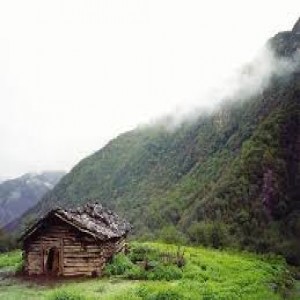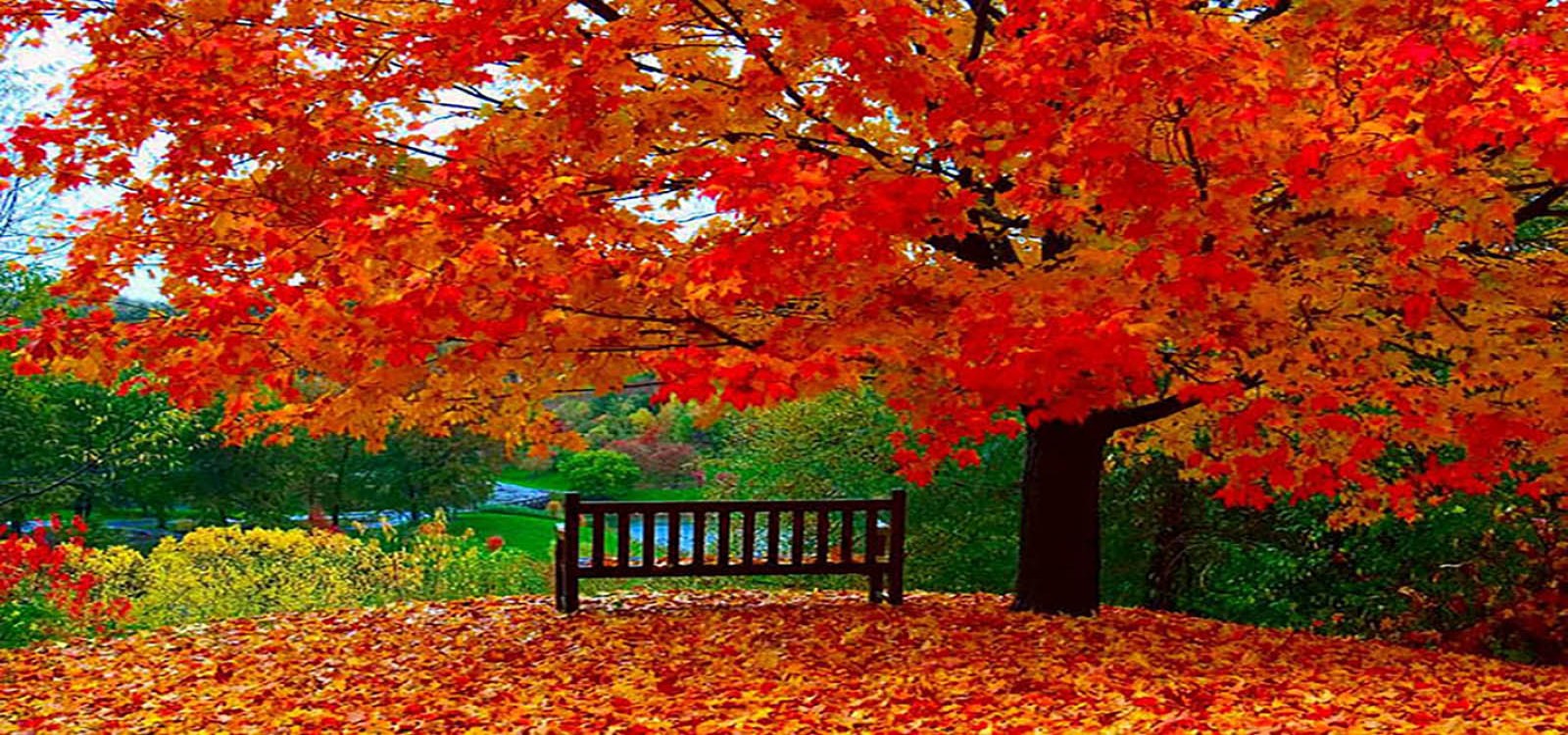
Tourism Information of iran
(Persianايران) iran is a large country in the Middle East and West Asia, between the Gulf of Oman, the Persian Gulf, and the Caspian Sea. It is bordered by Iraq to the west,Turkey, Azerbaijan's Naxcivan enclave, Armenia, and Azerbaijan to the northwest,Turkmenistan to the northeast, Afghanistan and Pakistan to the southeast
Humans have inhabited the area that makes up modern Iran since the Stone Age. The ancient Persians arrived about 1500 BC, one branch of the great movement of people that also brought northern India and most of Europe their modern populations. The name Iran is from the same root as "Aryan" which, until Hitler perverted it, was just an ancient name for those arriving peoples. Persian (natively known as Farsi) is an Indo-European language; ancient Persian was related to Sanskrit, ancient Greek, and all the others in that family. Persians are ethnically and linguistically unrelated to their neighbours on the west, the Arabs and Turks.
Nomads
Iran is a multi-ethnic and multicultural country. The northwestern region, Azerbaijan, is largely populated by Iranian Azeris, who are a Turkic people closely related to the people of Azerbaijan republic and Turkey. The province of Kurdistan is mainly inhabited by ethnic Kurds who are related to Persians. There are also Armenians, Arabs, Lurs, Turkmens, Georgians, Assyrians, and last but not least Jews, who have been living in Iran peacefully for years.
People wearing Iran's flag marching in a rally
While Shia Islam is without a doubt the dominant religion in Iran, there also exists several religious minorities as well. Sunni Islam in Iran is mainly practiced by ethnic minorities such as the Arabs, Kurds and Turkmens. Other non-Islamic faiths also exist in smaller numbers, the most notable being Zoroastrianism, Christianity and Judaism, all three of which are recognized as minority religions by the Iranian constitution, and each of these are guaranteed representation in the Iranian parliament (locally known as Majles). As such, despite being an Islamic republic, fire temples, churches and synagogues continue to operate legally in the country. Most Iranian Christians follow Eastern Orthodoxy, and are of Armenian or Georgian ethnicity. Iran also has the largest Jewish population in the Middle East outside Israel. While there are also a significant number of Baha'is in Iran, they are not recognized by the constitution and are instead branded as heretics of Islam, meaning that they continue to be persecuted to this day in spite of being Iran's numerically largest non-Muslim religion.
There are also two substantial communities of people of Iranian descent in India and Pakistan — Parsis who have been there for over 1,000 years, and Iranians who arrived in the 19th and 20th centuries — both Zoroastrians who fled religious persecution in Iran
. Throughout history, Persia has generally been an empire, one whose fortunes varied enormously. In ancient times, Persia controlled most of what we now call the Middle East, and came close to conquering Greece. A few centuries later, Alexander the Great, conquered (among other things) the entire Persian Empire. Later, Persia was conquered by the Arabs in the expansion of Islam in the centuries immediately after the time of Muhammad; Persian and other languages of the region are still written with the Arabic alphabet. About 1250, Persia was overrun by the Mongols. Marco Polo passed through just after that, learned Persian, and wrote extensively of the region.
At other times, Persia conquered many of her neighbours. Her empire often included much of what we now call Central Asia(Polo counted Bukhara and Samarkand as Persian cities), and sometimes various other areas. A few generations after the Mongols took Persia, the dynasty they founded there took all of Afghanistan and Pakistan, and most of India. The Indian term "Moghul" for some of their rulers is from "Mongol", via Persia. Even in periods when she did not rule them, Persia has always exerted a large cultural influence on her neighbours, especiallyAfghanistan and Central Asia.
The Safavid dynasty re-united Persia as an independent state in 1501, established Shi'a Islam as the official religion, and ushered in a golden age of Persian culture. They were overthrown in 1736 by Nadir Shah, the last great Asian conqueror, who expanded the Empire to again include Afghanistan and much of India. His short-lived dynasty and its successor lasted until 1795. Then the Qajar dynasty ruled 1795-1925, a period of heavy pressure from foreign powers, notably Britain and Russia who jointly occupied Iran during World War I. In 1906, Qajar rule became a constitutional monarchy and the Majlis (Persian for parliament) was established
Iran has a diverse climate. In the northwest, winters are cold with heavy snowfall and subzero temperatures during December and January. Spring and fall are relatively mild, while summers are dry and hot. In the south, winters are mild and the summers are very hot, having average daily temperatures in July exceeding 38°C (100°F) and can hit 50°C in parts of the desert. On the Khuzestan plain, summer heat is accompanied by high humidity.
In general, Iran has an arid climate in which most of the relatively scant annual precipitation falls from October through April. In most of the country, yearly precipitation averages 25 centimetres or less. The major exceptions are the higher mountain valleys of the Zagros and the Caspian coastal plain, where precipitation averages at least 50cm annually. In the western part of the Caspian, rainfall exceeds 100cm annually and is distributed rel
Rugged, mountainous rim; high, central basin with deserts, mountains; small, discontinuous plains along both coasts. The highest point is Mount Damavand (5,610m)that is the highest volcano of the world. Desert: Two great deserts extend over much of central Iran: the Dasht-e Lut is covered largely with sand and rocks, and the Dasht-e Kavir is covered mainly with salt. Both deserts are inhospitable and virtually uninhabited. Mountain: The Zagros range stretches from the border with the Republic of Armenia in the north-west to the Persian Gulf, and then eastward into Baluchistan. Zagros is extremely hard, difficult to access, and populated largely by pastoral nomads. The Alborz mountain range, narrower than the Zagros, runs along the southern shore of the Caspian to meet the border ranges of Khorasan to the east. Forest: Approximately 11 percent of Iran is forested, most extensively in the Caspian region. Here one finds the broad-leafed, vigorous deciduous trees, usually oak, beech, linden, elm, walnut, ash, and hornbeam, as well as a few broad-leafed evergreens. Thorny shrubs and fern also abound.The narrow Caspian subtropical coastal plain, in contrast, is covered with rich brown forest soil














